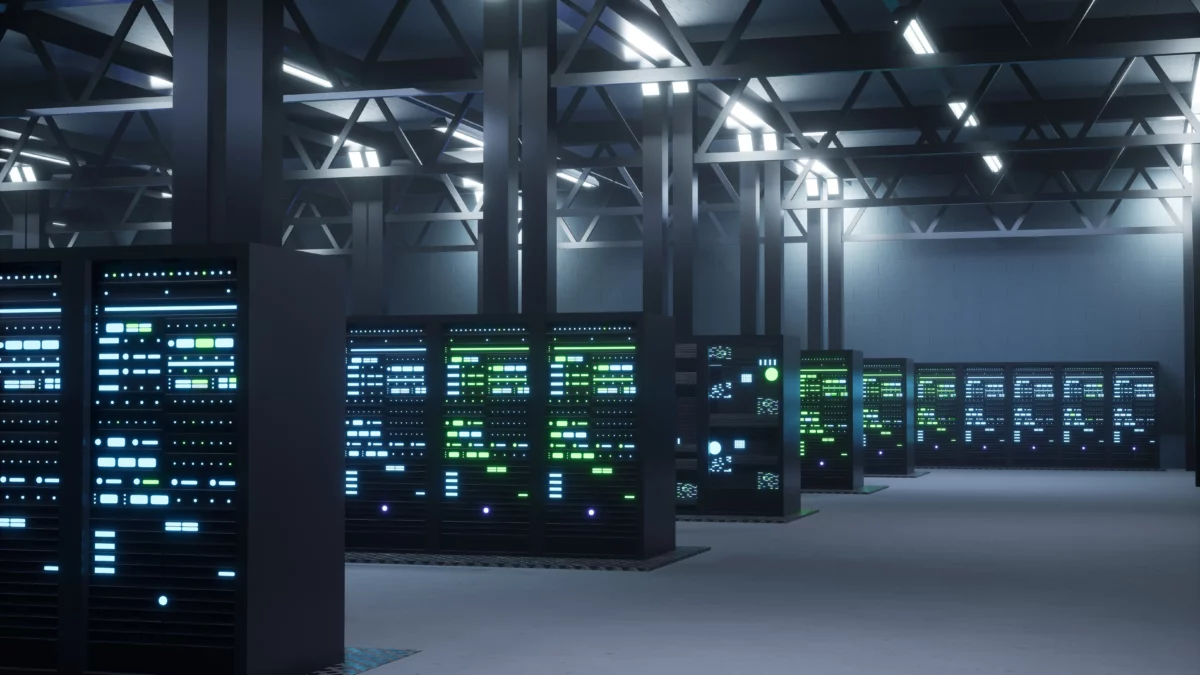In an increasingly digital business environment, IT infrastructure has become the backbone that supports the operation, security, and growth of any modern company. It’s no longer just about servers and cables: designing a solid technological foundation involves strategically planning all the components that allow your business to run smoothly, scale effectively, and stay prepared for any contingency.
At Inmove IT Solutions, we’ve been helping companies in Barcelona, Sabadell, Madrid, and Valencia build robust, secure, and tailored IT infrastructures for over 15 years. In this article, you’ll discover the key components of a modern IT infrastructure, the common mistakes to avoid, and how Inmove IT can support you throughout the process.
What Is IT Infrastructure and Why Is It Essential for Your Business?
An IT infrastructure is the set of technological components — hardware, software, networks, power and cooling systems — that ensure your business systems operate efficiently, securely, and continuously.
It’s the digital equivalent of a building’s foundations. Without a well-designed base, any technological growth or innovation becomes a risk.
Digitally dependent sectors — such as healthcare, industry, retail, accountancy, or automotive — need stable, scalable environments ready to support critical operations. That’s why investing in well-designed IT infrastructure is a strategic decision, not a technical expense.
Key Components of a Modern IT Infrastructure
To build a solid foundation, it’s essential to understand the elements involved and how they interconnect.
Design and Construction of Data Centres (DCs)
Data centres are the physical heart of a company’s technological infrastructure. They house servers, storage systems and networks under optimal conditions for security, energy, and climate control.
Good design should include:
- Electrical and connectivity redundancy.
- Modular scalability.
- Controlled and secure access.
At Inmove IT, we create custom designs for companies needing to deploy DCs on-premises or in a hybrid model combining physical infrastructure with cloud solutions.
Uninterruptible Power Supply Systems (UPS)
A power failure lasting just a few minutes can compromise hours of work, entire databases or even critical operations. UPS systems allow for:
- Business continuity in the event of a power outage.
- Protection against power surges or grid failures.
- Real-time monitoring of energy status.
Modern systems offer remote management, smart notifications and battery redundancy.
Structured Cabling
Structured cabling is the backbone of internal communications. Errors here can cause bottlenecks, interference or maintenance issues.
Recommendations:
- Follow standards such as TIA/EIA-568-C.
- Clear labelling and technical documentation.
- Use appropriate conduits and strategic network points.
Proper cabling reduces support costs, boosts network speed and eases scalability.
IT Climate Control
IT systems generate heat. Poor climate control undermines performance and shortens equipment lifespan.
Key aspects to consider:
- Even air distribution.
- Monitoring of temperature and humidity.
- Energy efficiency and sustainability (free cooling, liquid cooling, etc.).
At Inmove IT, we design thermal environments adapted to equipment volume, power usage and spatial conditions.
Benefits of a Well-Designed IT Infrastructure
A modern, optimised infrastructure delivers clear and measurable benefits:
- High availability: Fewer failures, more operational continuity.
- Scalability: Grow without having to rebuild everything.
- Greater security: Both physical and digital.
- Cost reduction: Lower maintenance and energy consumption.
- Regulatory compliance: GDPR, ISO 27001, etc.
Companies that invest in infrastructure gain efficiency, competitiveness, and responsiveness.
Common Mistakes When Designing IT Infrastructure
Many businesses make mistakes that lead to hidden costs and unnecessary risks:
- Under-sizing: Infrastructure that falls short within months.
- Lack of planning: Improvised cabling, no redundancy systems.
- Overlooking physical security: Uncontrolled access, unmonitored or uncooled rooms.
- IT team isolation: Decisions made by management without involving technicians.
Preventing these errors is just as important as choosing quality equipment.
How Does Inmove IT Solutions Help You Design a Robust IT Infrastructure?
At Inmove IT Solutions, we take a comprehensive approach. We don’t just sell technology — we design tailored solutions that genuinely add value.
Our services include:
- Initial audit: Analysis of current situation, risks and needs.
- Custom design of data centres and networks.
- Supply and installation of UPS equipment, structured cabling, and climate systems.
- 24/7 maintenance and technical support, on-site and remote.
With over 400 projects delivered, our clients in Sabadell, Barcelona, Madrid, and Galicia appreciate our ability to adapt and anticipate their needs.
Want to see a real example? We designed a hybrid infrastructure for a healthcare company in Barcelona that reduced critical incidents by 80% and improved system response times by 35%.
Conclusion: Invest in a Solid Foundation to Grow Without Limits
A well-designed IT infrastructure is not a luxury — it’s a necessity. It ensures your business operates efficiently, securely and is ready to grow.
At Inmove IT Solutions, we help you build that foundation with fully tailored solutions and continuous support.
Want to know if your infrastructure is future-proof? We invite you to contact us.
Frequently Asked Questions About IT Infrastructure
What’s the difference between traditional and modern IT infrastructure?
Traditional setups are usually static, inflexible and lack monitoring. Modern infrastructure is scalable, remotely manageable, energy-efficient and includes built-in cybersecurity.
How much does it cost to implement business IT infrastructure?
It depends on the company’s size, sector, and service needs. A basic setup may start from €10,000, while advanced solutions (full DC, redundancy, climate control) can exceed €50,000.
What if I don’t have a data centre in my company?
You can use cloud solutions or shared DCs. Not having one isn’t a problem as long as the solution is well managed. What matters is ensuring secure access, availability and data backup.
Why is structured cabling important?
Poor cabling leads to connectivity issues, slows down the network and makes maintenance harder. Structured design improves efficiency and reduces errors.

